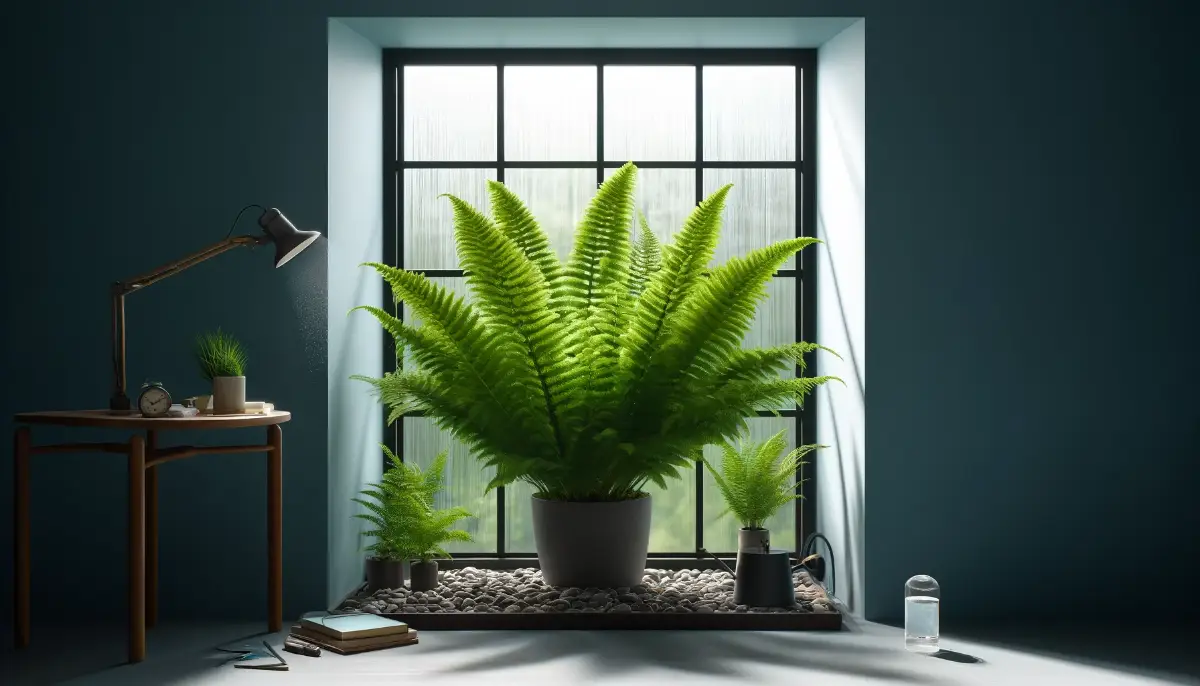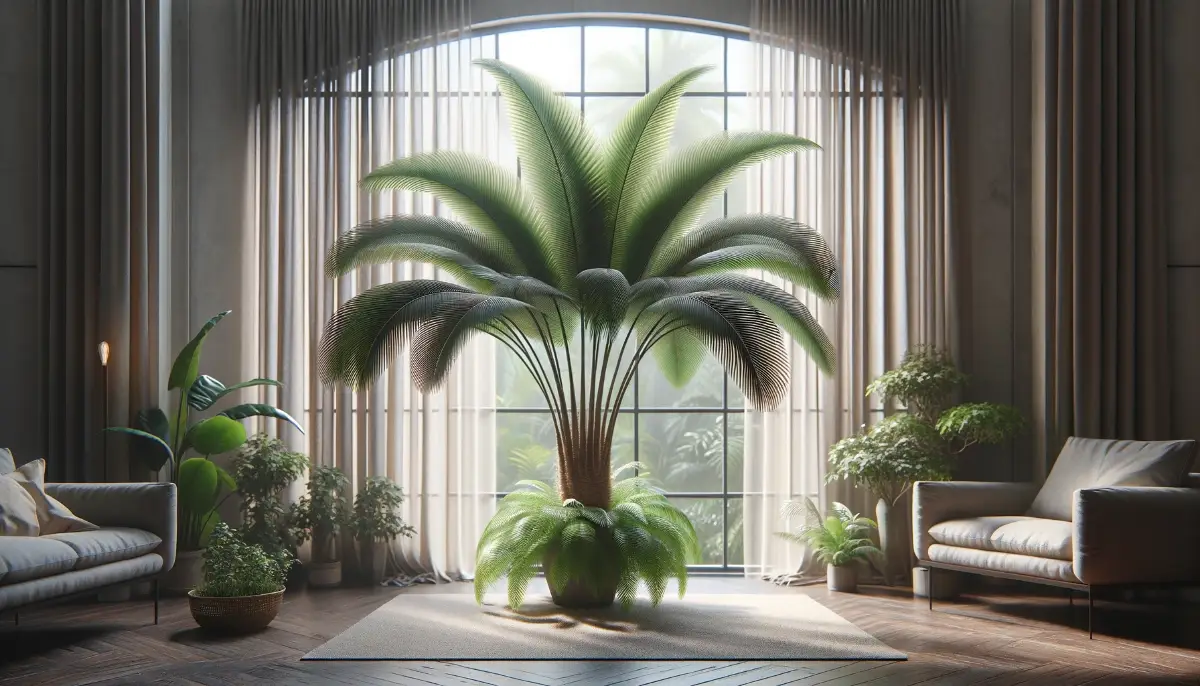The philodendron plant, including popular varieties like ‘Brasil’, gloriosum for their deep green foliage, and the unique cheese plant, is a preferred choice for houseplant enthusiasts looking to add a touch of greenery to their indoor spaces with minimal care requirements.
With its heart-shaped leaves and vining growth habit, the philodendron species, including the philodendron selloum, variegate, and brasil, along with the climbing varietals like the Red Bristle Philodendron, offers a variety of options for those looking to cultivate these stunning plants indoors.
One of the main appeals of growing indoor philodendron plants, such as the easy-to-care-for ‘Brasil’, the gloriosum with its deep green leaves, or even the unique Ring of Fire variety, is their adaptability to low light conditions, making them an ideal choice for those with limited access to natural sunlight and one of the easiest houseplants to grow.
Their dark green foliage adds a vibrant splash of color to any room, while their vining nature allows them to be trained to climb or cascade, perfect for showcasing the climbing variety of philodendrons and making them a dynamic addition to indoor gardens.
From the striking pink princess philodendron to the unique birkin variety, including the ‘Brasil’ and gloriosum with their deep green leaves, and the rare Ring of Fire for its fiery foliage, there are plenty of options to choose from when it comes to adding a philodendron plant to your indoor garden.
Whether you’re a seasoned plant parent or just starting out, growing indoor philodendron plants, such as the easy-to-care-for ‘Brasil’, the gloriosum with its deep green leaves, or the intricate patterns of the Philodendron Birkin, is a rewarding and enjoyable experience.
Understanding Different Philodendron Varieties
Philodendrons, known for their lush foliage and easy-care nature, are among the easiest houseplants to grow indoors, making them popular choices for indoor gardening, which includes both vine and non-vine types such as the ‘Brasil’ and the gloriosum with its deep green leaves. From the classic heart-shaped leaves of the Heartleaf Philodendron to the stunning variegated patterns of the Pink Princess Philodendron, and not to forget the vibrant hues of the Ring of Fire, there is a philodendron variety to suit every plant lover’s taste.
When it comes to caring for specific philodendron types such as the Philodendron Selloum or the distinctive Philodendron Birkin, it’s essential to provide them with the right environment to thrive, incorporating key philodendron care principles. These plants prefer indirect light and regular watering to keep their dark green leaves looking their best, a practice that is part of proper philodendron care, highlighting why philodendrons need such attention to thrive indoors.
For Philodendron Selloum, and especially for those nurturing a climbing variety like the Red Bristle Philodendron, maintaining a consistent watering schedule and ensuring proper drainage can help prevent issues such as root rot, a vital part of the grow and care strategy for these types of philodendron. Fertilizing sparingly during the growing season can also promote healthy growth in these vining plants, a category that includes many types of philodendrons, such as the climbing variety and the visually stunning Ring of Fire, which are considered some of the easiest houseplants to grow due to their minimal care requirements.
Exploring Popular Philodendron Types
Within the realm of philodendrons, there are numerous popular types that plant enthusiasts adore, including the heart leaf philodendron, philodendron tortum, and the climbing variety such as the red bristle philodendron, each demonstrating the diverse and adaptable nature of this common indoor plant. Varieties like the Birkin, Brasil, and Pink Princess philodendrons offer unique foliage patterns and colors that can add visual interest to any indoor space, showcasing the diversity of types of philodendrons.
Philodendron Selloum, also known as the Tree Philodendron, is a popular choice as an indoor plant for its large, deeply lobed leaves that create a tropical feel in any room, showcasing why philodendrons are among the easiest houseplants to grow. When caring for this variety, it’s important to provide ample space for its wide-reaching foliage to spread and flourish, a key aspect of philodendron care to ensure it can grow and thrive, especially important for varieties like the climbing Red Bristle Philodendron.
Variegated philodendrons, such as the Pink Princess, are prized for their stunning pink and green leaves that bring a pop of color to any collection of houseplants, showcasing the allure of types of philodendrons. These varieties require bright, indirect light to maintain their vibrant foliage and thrive indoors, which is essential for the grow and care of the type of philodendron, exemplifying why philodendrons are considered one of the easiest houseplants to grow.
Caring for Philodendron Selloum
Philodendron Selloum, with its impressive size and dramatic foliage, is a statement plant that can truly elevate any indoor space, representing the diverse and adaptable nature of philodendrons as common indoor plants. To care for this variety, it’s important to provide it with bright, indirect light and keep its soil consistently moist but not waterlogged, adhering to philodendron care guidelines which highlight the philodendron’s need for such environmental conditions.
Regular misting can help maintain the humidity levels that Philodendron Selloum thrives in, which is a crucial aspect of philodendron care, underscoring the simple care requirements of these common indoor plants. Additionally, feeding with a balanced fertilizer during the growing season can support healthy growth and vibrant foliage in this stunning philodendron variety, showcasing effective philodendron care techniques.
When it comes to pruning Philodendron Selloum, removing any yellowing or damaged leaves can help redirect the plant’s energy towards new growth, an essential practice in the care requirements of these easy-to-grow indoor plants. Proper care and attention to detail can ensure that your Philodendron Selloum remains a striking focal point in your indoor garden, demonstrating effective grow philodendron techniques, akin to the meticulous care needed for the thriving of a Philodendron Birkin.
FAQs
What are some popular varieties of philodendron plants?
Some popular varieties of philodendrons include heart leaf philodendron, pink princess, birkin, prince of orange, and philodendron hastatum.
How should I care for my indoor philodendron plants?
Philodendrons need indirect sunlight, regular watering when the soil feels dry, and occasional fertilization during the growing season.
What are some common characteristics of philodendron plants?
Philodendrons are known for their glossy leaves, easy-to-grow nature, and the fact that they are low-maintenance houseplants.
How often should I water my philodendron plants?
Water philodendrons when the top inch of soil is dry. They prefer slightly moist soil but can tolerate occasional dryness.
Can philodendron plants be propagated through cuttings?
Yes, philodendrons can be easily propagated through stem cuttings in water or soil, making them a great plant for expanding your collection.
Do philodendron plants require any special care in terms of lighting?
Philodendrons prefer bright, indirect light but can adapt to lower light conditions. Avoid direct sunlight, as it may scorch their leaves.
What is the best way to encourage climbing philodendron varieties?
You can train climbing philodendrons by providing a support structure like a moss pole or trellis. As they grow, gently guide them to climb upwards.









